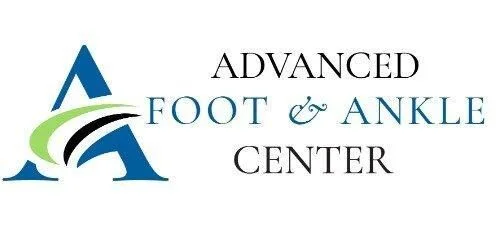Table of Contents
Introduction
Running has many health benefits, but one thing that is not a benefit is bunions. This is a very common foot condition. It is well known for the stereotypical, large protuberance on the base of the big toe. It is important to know how to spot and treat a bunion before it causes an even bigger problem.
What is a Bunion?
Runners often experience bunions because they occur with repeated stress on the metatarsophalangeal joint over a long period of time. It is easy to diagnose because they have some specific characteristics. A bunion causes the big toe to turn inward while the point where the bunion is located, or metatarsal, to point outward. Sometimes they are located at the pinky toe, but they are more common at the base of the big toe.
The bunion is painful and can cause problems with a runner’s performance. Not only does it hurt to run and squeeze into shoes, but it can also chafe within the shoes. During a run, the pain often makes an athlete overcompensate. Because the odd angle changes the way the foot strikes the pavement, other parts of the foot are forced to take the impact. Dealing with this repeatedly can cause the toes to overlap, which can lead to bunions, corns, or hammertoes.
How to Treat a Bunion
During an initial visit to the podiatrist, diagnosis is fast and relatively painless. An x-ray may be taken to confirm the severity of the bunion. A doctor might recommend getting a new pair of shoes. Inappropriate shoes for your feet can cause a bunion or make one worse. Switching to a more supportive and comfortable pair of shoes will help with long term treatment. Other common recommendations for bunion care are to apply ice to the area and take over-the-counter medication that provides pain relief.
For bunions that are very painful, your doctor may recommend cortisone injections. This can help block pain for the short term, but it is important to treat bunions with other forms of support like moleskin, shoe inserts, arch supports, orthotics, and gel-filled pads. Doctors also recommend giving extra support to the foot arch and any loose joints. These problems all contribute to bunions. Left untreated, the only option for treatment may be surgery to correct the position of the toe.
Actively preventing bunions is the best way to keep them from ever happening, which starts with the proper shoes. People who naturally suffer from low arches, flat feet, loose joints, or arthritis are more prone to having bunions. Do not wear high heels or any other shoes that force a walk that is unbalanced and shifts the weight. While running shoes may seem flat, they are not all made that way. Many have a higher heel padding that forces an unnatural form on your feet and doesn’t allow the Achilles tendon to completely lengthen. Without lengthening this tendon, it becomes weak and flattens the arch. A compact toe area in a shoe is not good either because it forces the big toe over, causing a bunion. Buy shoes that give your toes plenty of room and have a flatter plane will allow your feet to land more naturally.
Get Back on Your Feet
If you have a bunion or suspect that you do, it is time to make an appointment with a podiatrist. They can help make recommendations specific to your feet and help bring relief faster. Don’t waste any more time sitting on the couch. Treat your bunions and start running again.
Contact us today to schedule an appointment.
Looking to schedule an appointment with a physician?
Schedule an appointment with us by calling us today or by clicking the button below to begin requesting your appointment today!

